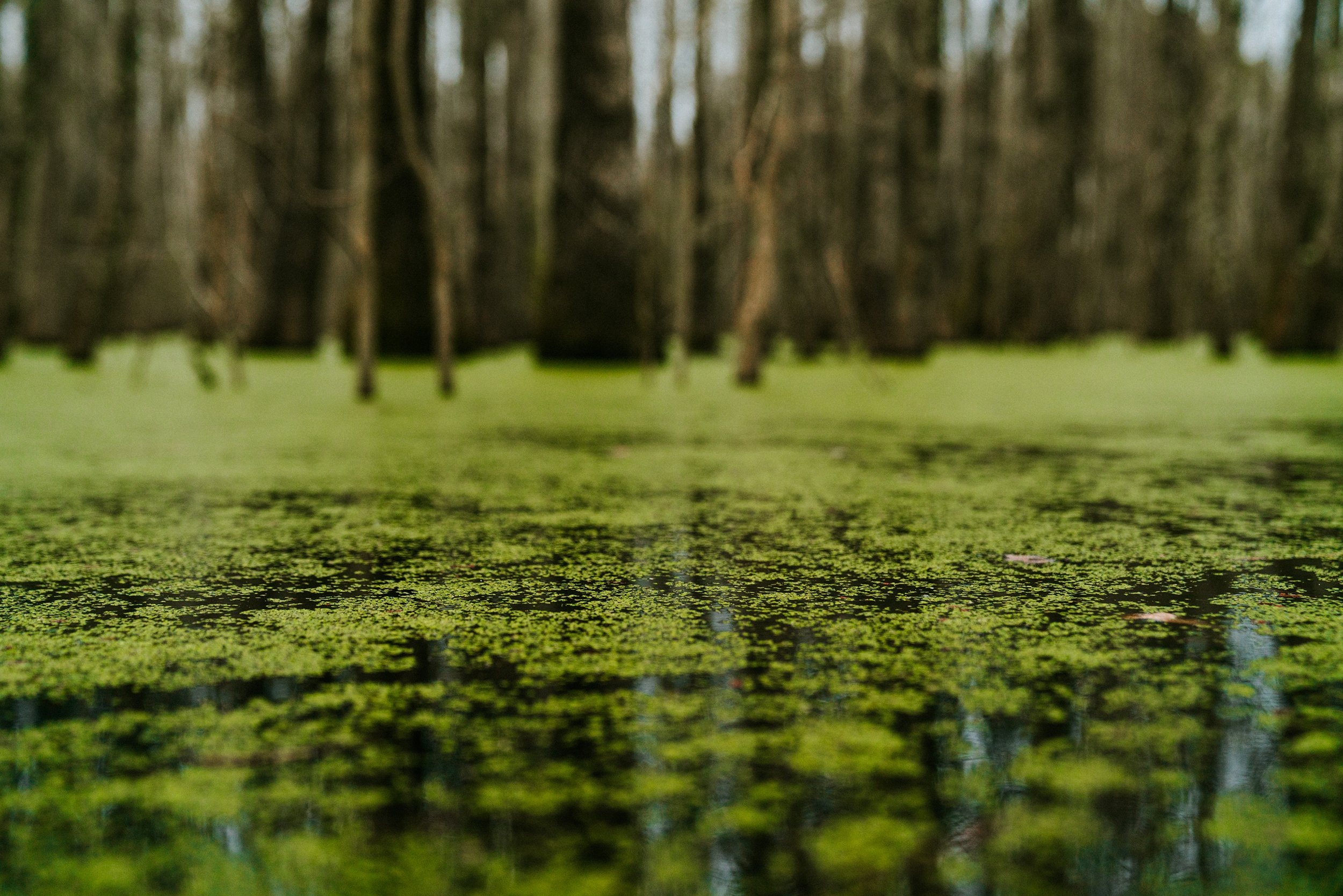
SLUDGE MANAGEMENT IN WATER BODIES.
Sludge is an accumulation of organic matter that settles at the bottom of a pond, lake or other body of water.
This organic matter can include decaying plant debris, fish waste and debris from outside washed in by rainwater. The largest contributor to accelerated accrual of sludge however is dead algae and plant material. As these organic materials settle in your water body, they begin the decomposition process. Decomposition requires oxygen, which is pulled from the water. While small amounts of organic material won’t be problematic, larger accumulations can greatly reduce the amount of oxygen in the bottom of the water body, resulting in an anoxic layer of water and sludge.
In the anoxic layer, decomposition cannot take place, and the sludge layer will continue to increase as more organics end up in the water.
During the Summer months with consistent flushes of algae activity and the resultant dead material that it produces, excess sludge development can form very quickly, impacting upon overall water quality, fish populations and other inhabitants of the water ecosystem. It can be a vicious cycle. This anoxic layer of sludge also plays host to unwanted anaerobic bacteria that produce hydrogen Sulfide. Hydrogen Sulfide is the culprit for the rotten egg type smells that resonate from stagnant water bodies.
Sludge build-up is part of the natural process of any water body. If left to their own devices, most enclosed water bodies will go from healthy and clean to stagnant and eutrophic, slowly filling in and turning into wetlands, and then eventually reverting back to grassland. In water body management, the goal is to maintain a healthy water body and prevent this cycle of succession from occurring.


